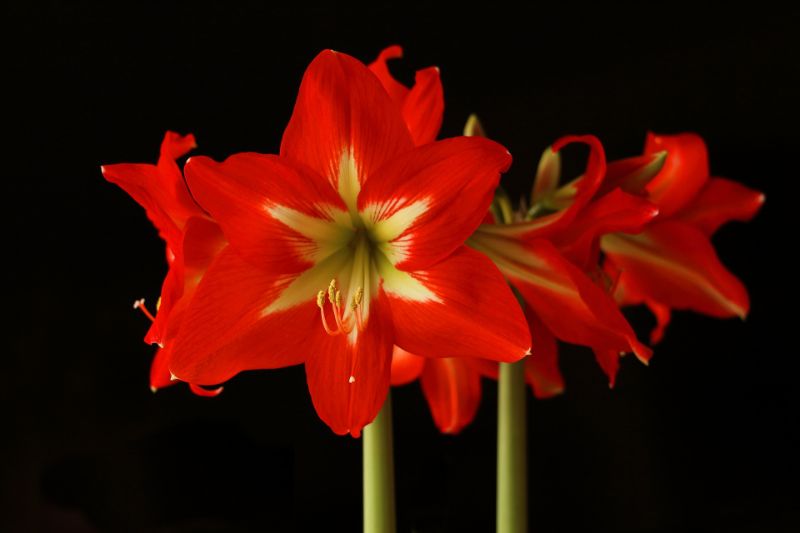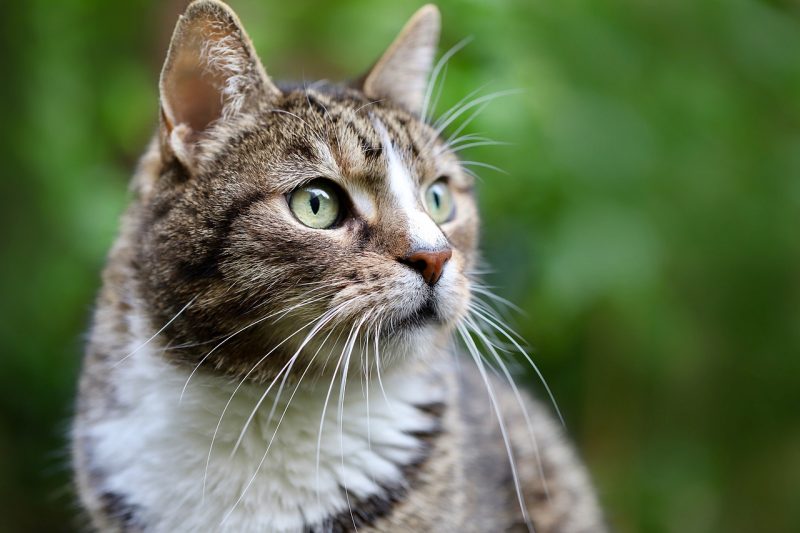Are Amaryllis Plants Poisonous To Cats?
As pet owners, one of the most significant responsibilities we have is to ensure that the environment we provide for our furry friends is safe. Many common household and garden plants can pose threats to our pets, particularly cats and dogs.
Among these, the amaryllis plant (Hippeastrum spp.) is well-known for its strikingly beautiful blooms, but it is crucial to understand its potential dangers, especially if you share your home with a feline friend.
In this post, we will explain the toxicity of amaryllis plants to cats, including the toxic compounds present, the symptoms of poisoning, and steps to take if your cat ingests any part of this plant.
Furthermore, we will explore cat-friendly plant alternatives to brighten your home without endangering your pet.
ASPCA Classifies Amaryllis as Toxic to Both Cats and Dogs
The American Society for the Prevention of Cruelty to Animals (ASPCA) maintains an extensive list of plants that are toxic to pets. Amaryllis falls into the category of toxic plants for both cats and dogs. The ASPCA categorizes plants based on their risk levels, and amaryllis is classified as poisonous, indicating that ingestion can lead to adverse health effects.
The toxic nature of the amaryllis plant puts cats at risk since they are curious creatures that love to explore their surroundings, often tasting plants and other items they encounter. The leaves, stems, and bulbs of the amaryllis plant contain compounds that are harmful to cats, which is something every pet owner should be aware of.
Toxic Chemicals: Lycorine

The primary toxic compound found in amaryllis is lycorine, an alkaloid that can cause significant health issues when ingested. Lycorine can lead to various symptoms, including vomiting, diarrhea, and abdominal pain. The amount of lycorine varies in different parts of the amaryllis plant; however, the bulbs generally contain the highest concentrations.
In addition to lycorine, there are other compounds within the amaryllis plant that can contribute to its toxicity. These include various alkaloids that can affect the nervous system and gastrointestinal tract, making it essential to recognize potential signs of poisoning promptly.
While the exact effects can vary depending on the size of the cat, the amount ingested, and the specific variety of amaryllis, it is clear that any part of the plant poses a risk.
What Are The Signs Of Amaryllis Poisoning In Cats?
Cats that have ingested amaryllis may exhibit a range of symptoms that can be distressing for both the animal and their owner. It’s important to be vigilant and seek veterinary care if you suspect your cat has consumed any part of this plant. Common signs of amaryllis poisoning in cats include:
Vomiting: This might be one of the first symptoms observed. Cats may vomit shortly after ingestion as their bodies try to rid themselves of the toxic substance.
Diarrhea: Along with vomiting, gastrointestinal upset can lead to diarrhea, which can lead to dehydration if not addressed promptly.
Abdominal Pain: Your cat may display signs of discomfort, such as hunching over, reluctance to move, or sensitivity when their abdomen is touched.
Lethargy: One of the more alarming signs is a noticeable decrease in energy levels. A cat affected by poisoning may become unusually quiet or sleepy.
Loss of Appetite: Cats may refuse to eat due to nausea or discomfort caused by the toxin.
Drooling: Excessive salivation can occur as a result of gastrointestinal distress.
If you observe any of these symptoms in your cat, particularly after they have been around an amaryllis plant, it’s vital to take action quickly.
What To Do If Your Cat Has Eaten An Amaryllis
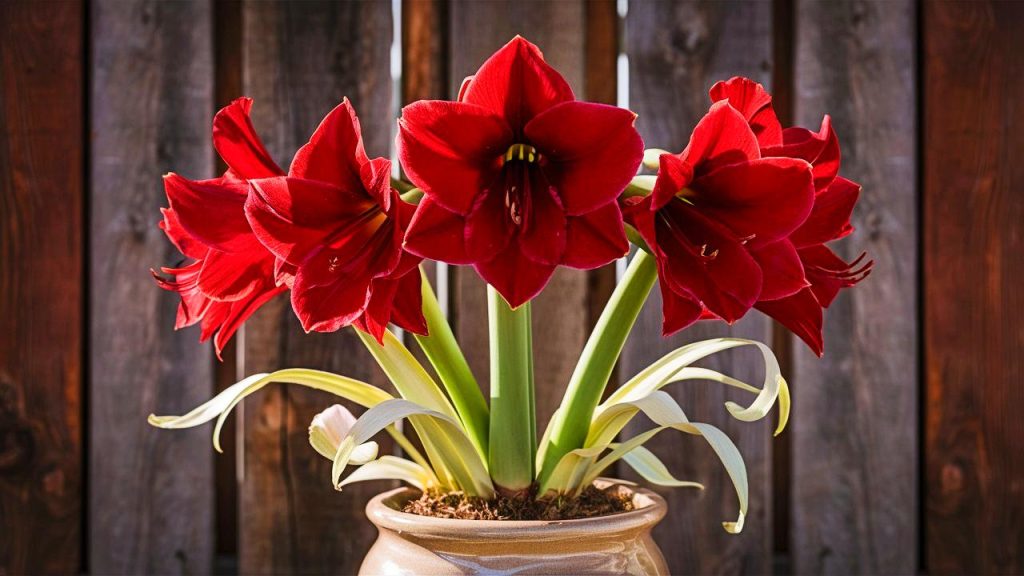
If you suspect or know that your cat has ingested amaryllis, the first step is to assess the situation calmly. Evaluating the severity of the case can help determine the next steps. Here are the recommended actions:
Remove the Plant: If you have an amaryllis plant in your home or garden, carefully remove it immediately to prevent any further exposure for your cat.
Contact Your Veterinarian: Call your veterinarian or an emergency animal clinic for advice. Inform them about the situation, including the amount your cat may have consumed and the symptoms observed.
Follow Veterinary Guidance: Your veterinarian may instruct you to bring your cat in for an examination. They may perform tests or administer treatments depending on your cat’s condition. Treatment might involve inducing vomiting, administering activated charcoal to limit absorption of the toxin, or providing supportive care, including fluids to combat dehydration.
Monitor Symptoms: While awaiting veterinary care, keep a close eye on your cat for any worsening symptoms or new developments. If your cat’s condition deteriorates, seek emergency assistance right away.
What If I Have Amaryllis In My Home Or Garden?

If you currently have amaryllis plants in your home or garden, it’s essential to take proactive measures to ensure the safety of your cat. Here are some steps you can follow:
Evaluate Placement: If possible, reposition the amaryllis plants out of reach from your cat. High shelves, hanging planters, or areas that are difficult for them to access can help minimize the risk of accidental ingestion.
Consider Alternatives: Given the toxicity of amaryllis, you may want to consider replacing these plants with non-toxic varieties that are safe for pets. Doing so not only enhances the safety of your environment but can also provide peace of mind.
Educate Yourself and Others: Make sure every member of your household is aware of the potential dangers of having amaryllis plants around cats. The more informed everyone is, the better prepared you’ll be to prevent any accidents.
Create a Cat-Friendly Zone: Designate specific areas in your home or garden that are cat-friendly. This could involve planting non-toxic plants or establishing sections that discourage cats from exploring harmful plants.
Monitor Your Cat’s Behavior: Sometimes, cats can be secretive about their actions, especially if they have ingested something harmful. Keeping an eye on your cat’s habits and ensuring they don’t exhibit unusual behavior can be beneficial in early detection of issues.
House Training: While it can be challenging to train cats as thoroughly as dogs, encouraging your cat to stay away from specific plants can be effective with consistent reinforcement. You can gently discourage them from getting too close to the amaryllis by using commands or by distracting them with toys.
Cat-Friendly Alternatives To Amaryllis
The good news is that there are numerous cat-friendly plants that can provide beauty and decoration in your home and garden without posing a threat to your feline companion. Here’s a list of some beautiful, safe alternatives to consider:
Gerbera Daisy

Gerbera daisies are cheerful blooms that come in various vibrant colors. They are safe for cats and add a splash of brightness to any space.
Orchid
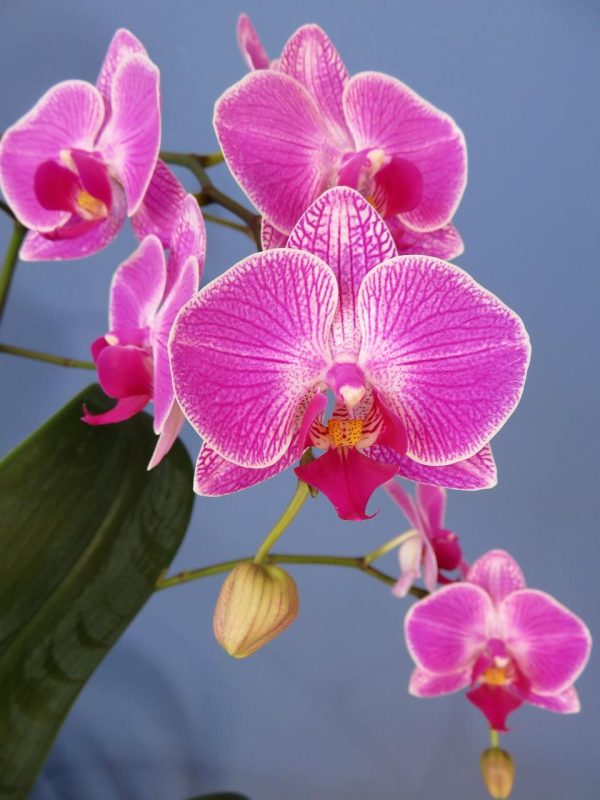
Orchids are elegant and unique flowers that can thrive in indoor environments. Most varieties are safe for cats, making them a lovely addition to your home.
Rose

Although some roses can have thorns, they are generally non-toxic to cats. Roses offer classic beauty and fragrance, and with proper care, they can bloom for long periods.
Spring Crocus
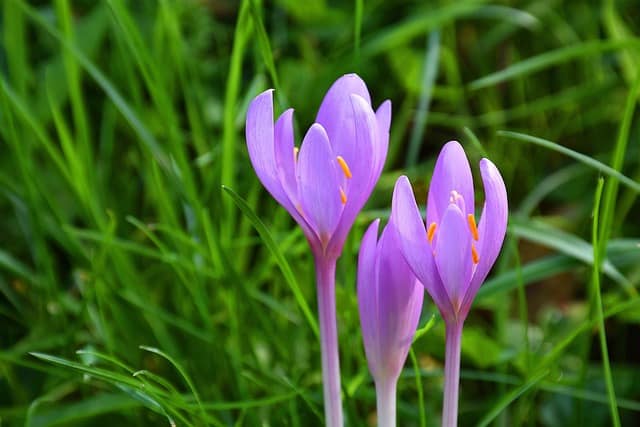
These early blooming flowers are delightful harbingers of spring and are non-toxic to cats. However, make sure you select the right variety, as some crocus species can be toxic.
Snapdragon
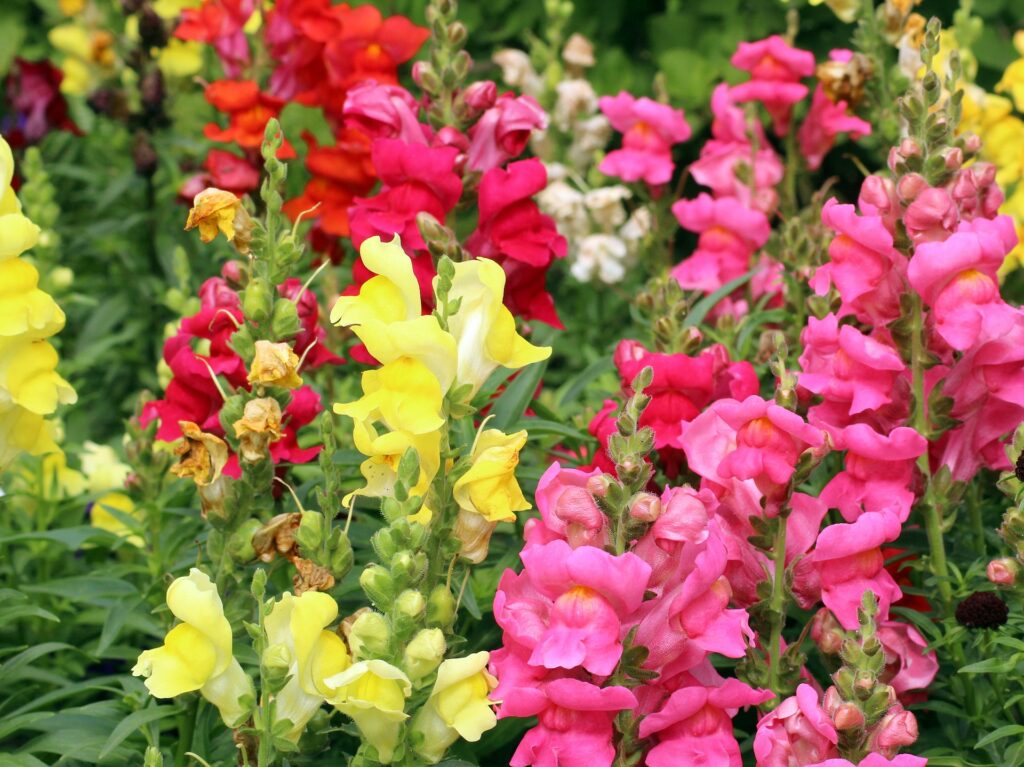
Snapdragons are great perennial flowers that are safe for cats. They come in various colors and add a whimsical look to gardens and pots.
Limonium
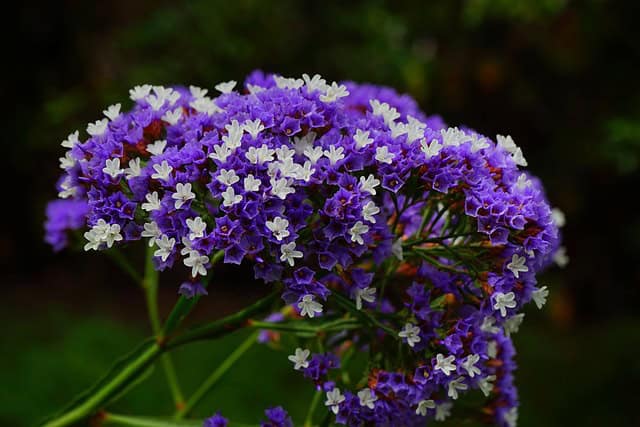
Known for their dryness tolerance, limonium plants produce small, colorful flowers. They are safe for cats and make ideal low-maintenance choices.
Waxflower

Waxflowers are lovely shrubs that offer beautiful blooms. They are safe for your cat to be around while adding an aromatic touch to your garden.
Statice
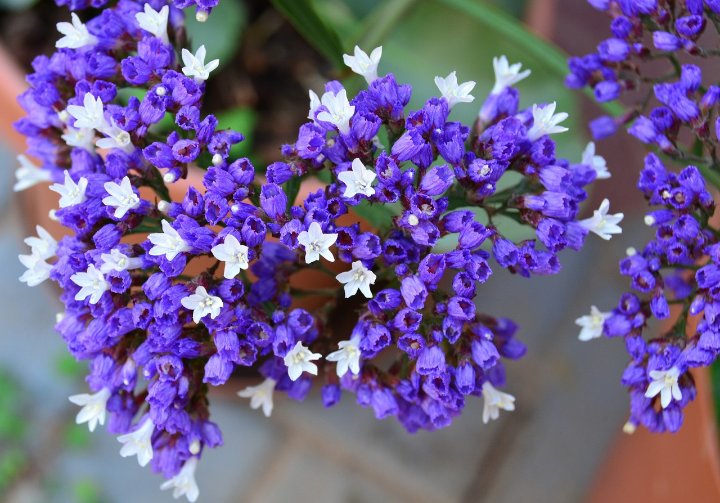
Statice flowers are known for their vibrant colors and longevity. They are safe for cats and can also add a decorative touch indoors.
Freesia
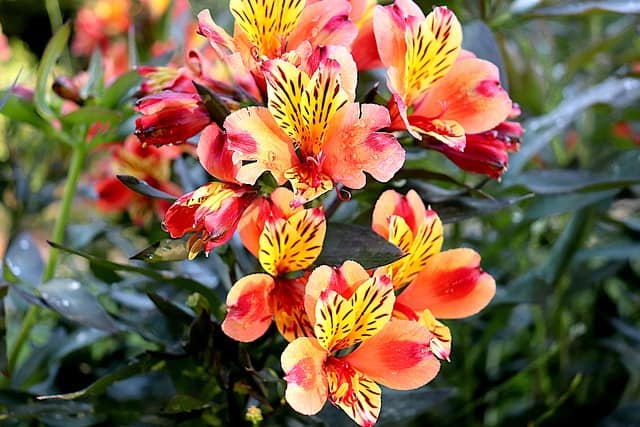
Freesias are aromatic and fragrant flowers that bloom in an array of colors. They have a charming scent and are safe for feline friends.
Sunflower

Sunflowers are not just beautiful; they are also a symbol of warmth and happiness. They are safe for cats and can make your garden brilliant and cheerful.
Zinnia

Zinnias add a burst of color to gardens and indoor arrangements. They are easy to grow and completely safe for cats.
Bromeliads

These striking plants are known for their unique rosette formation and vibrant colors. Bromeliads are pet-friendly and add an exotic touch to your living space.
Lipstick Plant
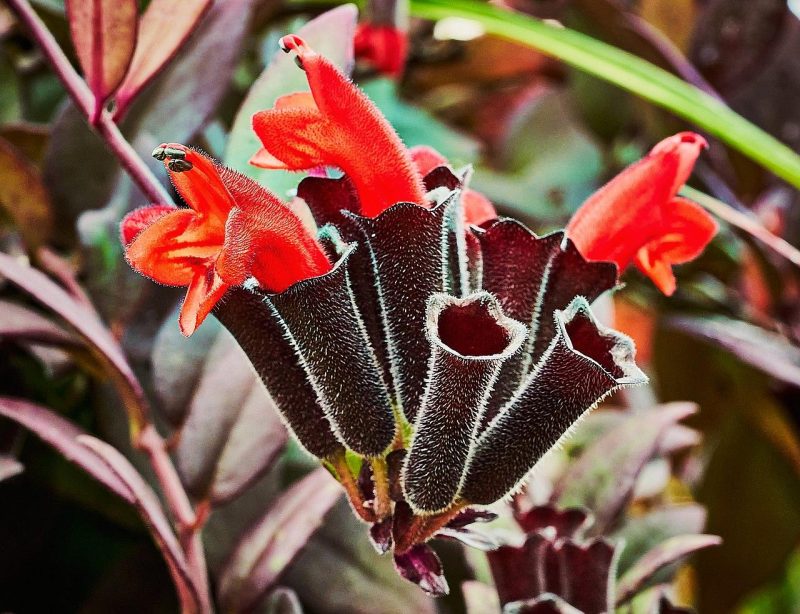
With its vibrant red flowers, the lipstick plant is an eye-catching choice that is safe for cats. It thrives in indoor settings and brings a pop of color.
Burro’s Tail

This succulent features trailing stems embellished with fleshy leaves. Burro’s tail is a lovely addition to your home decor and is non-toxic for your cat.
Conclusion
When it comes to ensuring the safety and well-being of our cats, knowledge is key. Understanding that amaryllis plants are toxic to cats is crucial for any cat owner. The potential dangers presented by this plant, primarily due to the presence of lycorine and other toxic compounds, necessitate caution and proactive measures.


